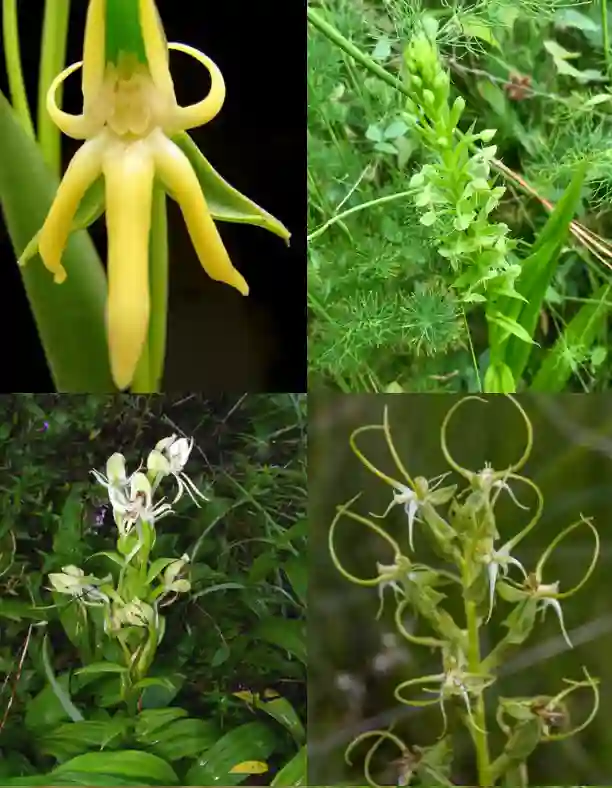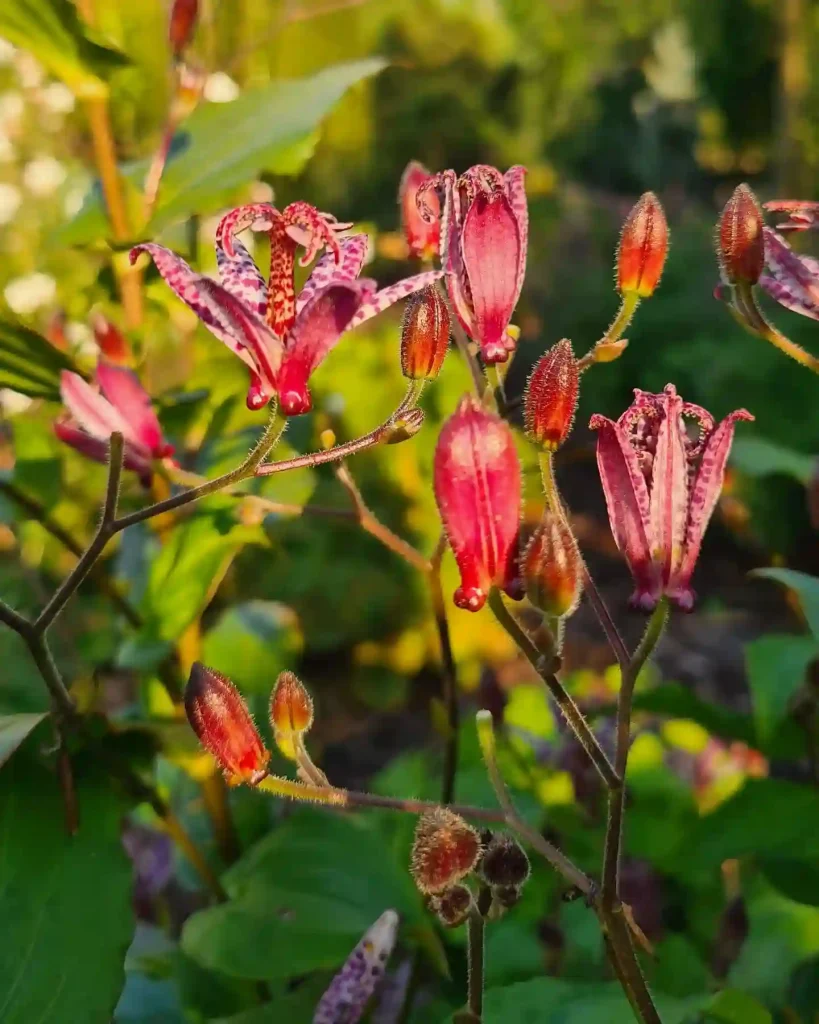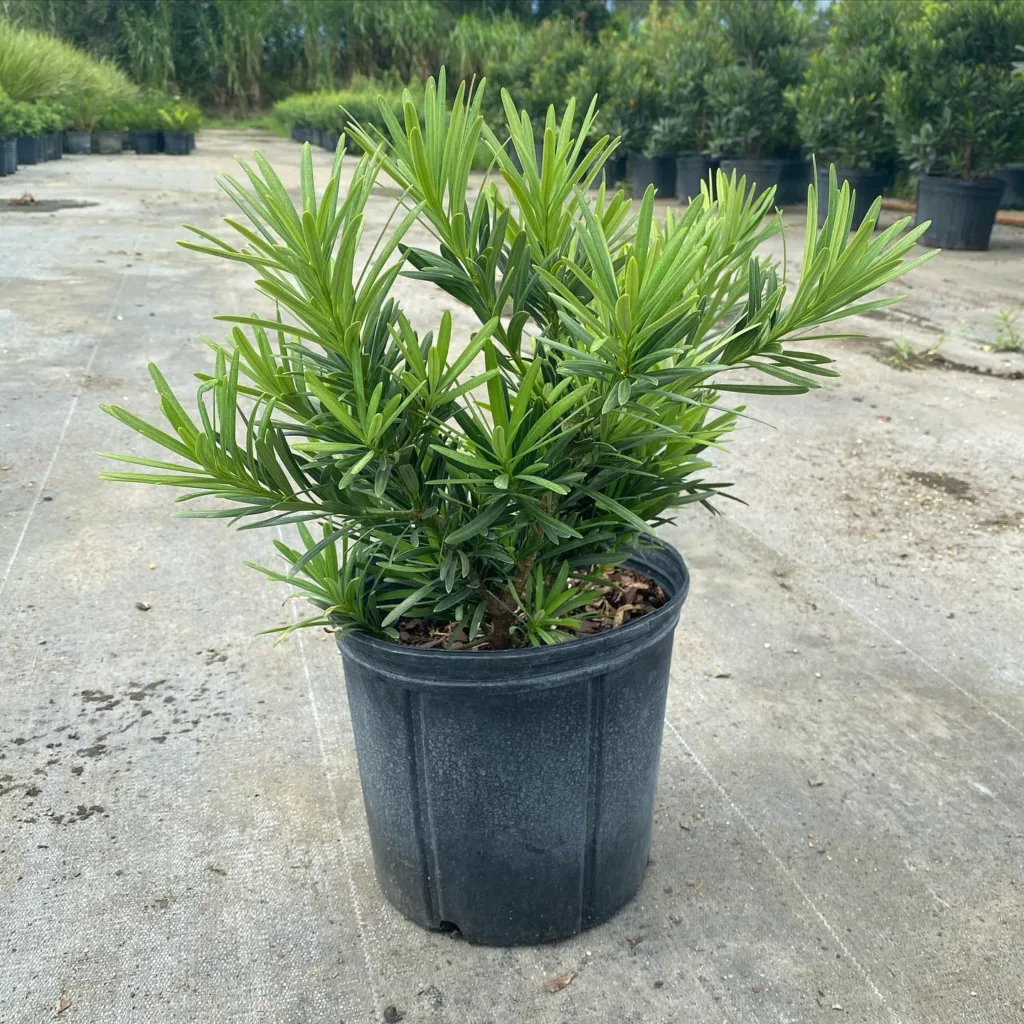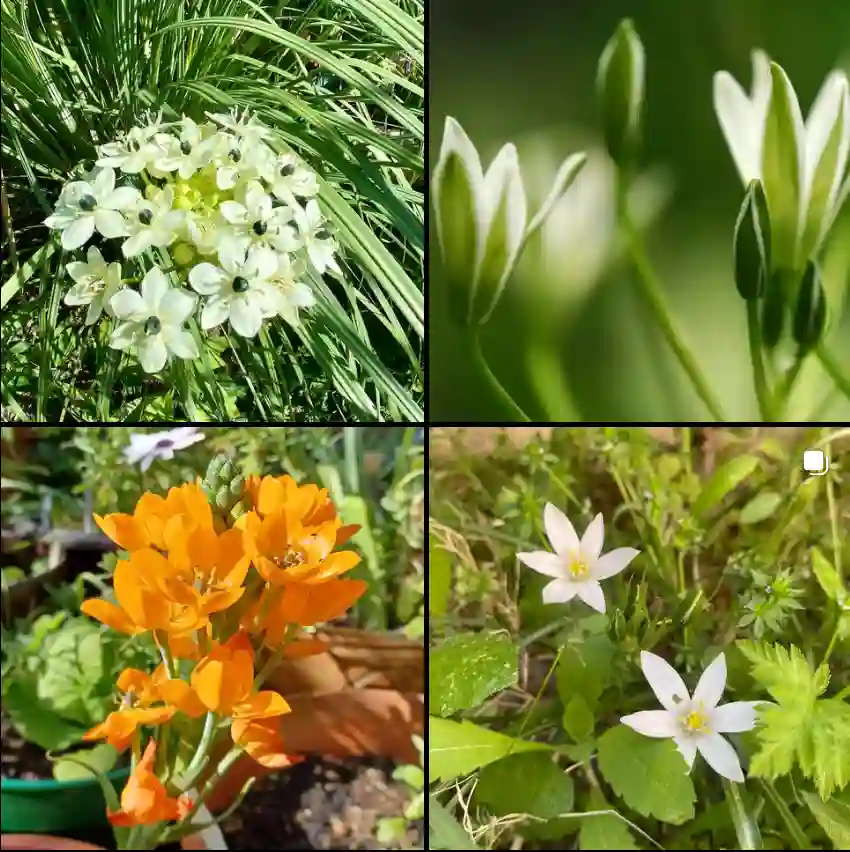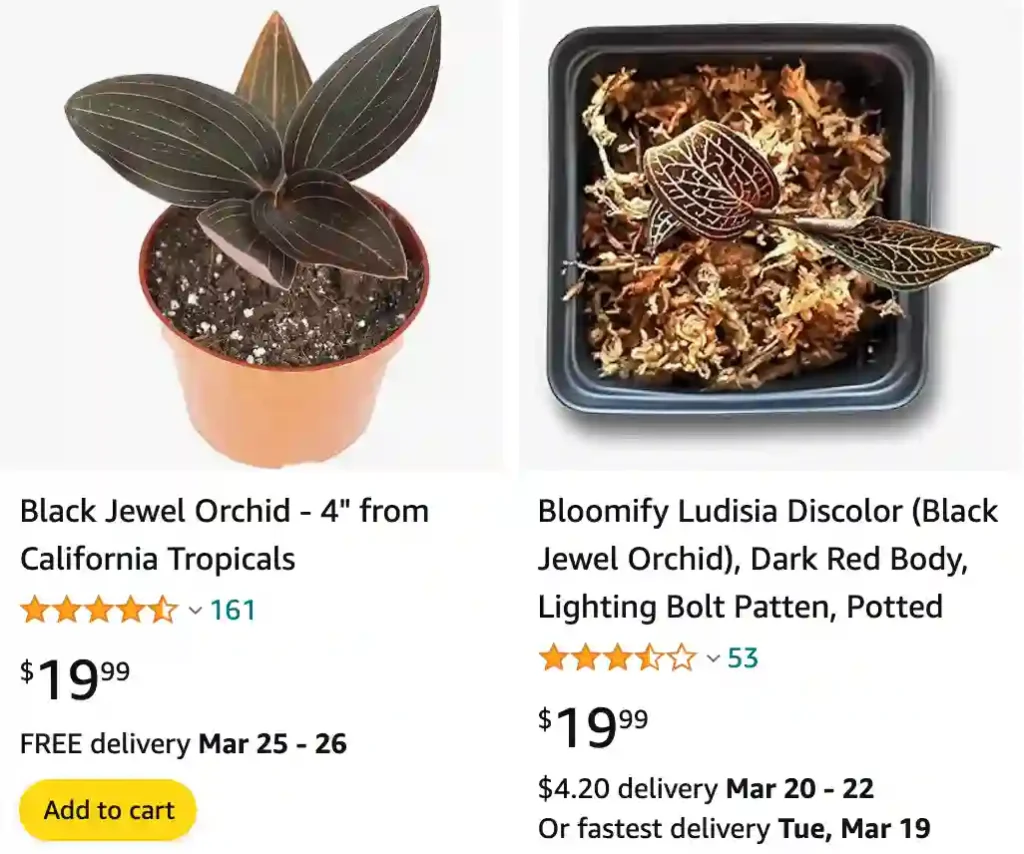
The Enchanting Jewel Orchid: My Journey with Ludisia Discolor
As a plant enthusiast, I’m always on the lookout for unique and beautiful additions to my collection. That’s how I stumbled upon the Ludisia discolor, also known as the Jewel Orchid. This captivating plant stole my heart with its mesmerizing foliage and delicate flowers. But beyond its aesthetics, the Ludisia discolor surprised me with its relative ease of care. In this article, I’ll share my experience with this captivating orchid, from propagation to daily care, hoping to inspire you to bring a touch of jewel-toned magic into your own home.
What is Ludisia discolor?
The Ludisia discolor isn’t your typical orchid. Unlike its flamboyant cousins, this little gem is a terrestrial orchid, meaning it thrives in soil rather than mounted on bark. The real showstopper, however, is its foliage. The velvety leaves come in shades of brownish-green adorned with a network of white or pink veins, creating a truly mesmerizing effect. The underside of the leaves boasts a stunning reddish hue, further adding to the plant’s visual intrigue. While the flowers themselves are small and white with yellow centers, they bloom in clusters, adding a touch of elegance to the overall look.
How to Care for Ludisia discolor?
Here’s the good news: caring for Ludisia discolor is surprisingly manageable. Here are some key points to keep in mind:
- Light: This little jewel prefers bright, indirect light. Avoid harsh sunlight, which can scorch the leaves. A spot near an east-facing window is ideal.
- Watering: Keep the soil consistently moist but not soggy. Water deeply when the top inch of soil feels dry to the touch. Aim for rain-water or filtered water whenever possible.
- Humidity: Like most tropical plants, Ludisia discolor thrives in moderate to high humidity levels. Grouping your plants together or using a pebble tray filled with water can help create a more humid environment.
- Temperature: These orchids prefer warm temperatures between 65°F and 80°F (18°C – 27°C). Avoid sudden temperature fluctuations and keep them away from drafts.
- Soil: Use a well-draining, airy potting mix specifically formulated for orchids. A mixture of orchid bark, perlite, and sphagnum moss works well.
- Fertilizer: During the growing season (spring and summer), you can fertilize your Ludisia discolor with a weak orchid fertilizer once a month. However, be mindful not to over-fertilize, as this can damage the plant.
How to propagate Ludisia discolor?
Propagating Ludisia discolor is a rewarding experience that allows you to expand your collection or share this beauty with friends. There are two main methods you can try:
- Division: When your Ludisia discolor becomes established and has formed a sizable clump, you can carefully divide it during repotting. Ensure each division has at least a few healthy stems and roots before potting them individually in suitable containers.
- Stem cuttings: Cut a healthy stem with at least two nodes (the bumps where leaves emerge). Remove the lower leaves and plant the stem in a pot filled with moist orchid mix. Enclose the pot in a clear plastic bag to maintain humidity and place it in bright, indirect light. Keep the soil moist and watch for new growth in a few weeks.
Where to buy Ludisia discolor?
Finding Ludisia discolor can be a bit trickier than your average houseplant. However, with a little effort, you can definitely track one down. Here are some options to explore:
- Online retailers: Several online plant stores specialize in rare and unusual varieties, and Ludisia discolor is no exception. Do your research and choose a reputable seller with good reviews.
- Orchid nurseries: If you have any orchid nurseries in your area, they might carry Ludisia discolor or be able to order one for you.
- Plant shows and swaps: Attending plant shows or participating in plant swaps can be a fun way to find unique plants like Ludisia discolor.
Additional Tips for Success
- Repotting: Repot your Ludisia discolor every 1-2 years, or when the roots outgrow the pot. Opt for a pot with good drainage that’s only slightly larger than the previous one.
- Pests and diseases: Fortunately, Ludisia discolor is relatively pest and disease resistant. However, keep an eye out for common houseplant pests like mealybugs and scale. You can treat them with insecticidal soap or neem oil. Fungal diseases can occur due to overwatering. Ensure proper drainage and adjust your watering habits if necessary.
The Allure of the Jewel Orchid
The Ludisia discolor has become a cherished member of my plant collection. Its captivating foliage, delicate blooms, and manageable care requirements make it a true gem. With a little dedication, you too can cultivate this enchanting orchid and bring a touch of the tropics indoors.
What to Plant with Ludisia discolor?
While the Ludisia discolor holds its own as a stunning solo act, it can also be a delightful addition to a terrarium or vivarium. Here are some compatible companions to consider:
- Ferns: Ferns like the Maidenhair Fern (Adiantum spp.) or the Button Fern (Pellaea rotundifolia) share similar humidity and light preferences, creating a lush and harmonious display.
- Begonias: Rex Begonias, known for their vibrant and patterned foliage, can beautifully complement the unique leaves of the Ludisia discolor. Opt for miniature varieties to avoid overshadowing your orchid.
- Fittonias: These charming Nerve Plants (Fittonia spp.) with their intricate vein patterns add a touch of whimsy to the terrarium. Their compact size makes them ideal for smaller terrariums alongside your Ludisia discolor.
- Peperomias: Peperomias come in a wide variety of shapes, sizes, and textures, offering endless possibilities for creating a visually interesting composition. Choose varieties with similar light and moisture requirements.
Remember to research the specific needs of each plant before planting them together. Ensure they have compatible light, humidity, and watering requirements for a thriving miniature ecosystem.
Conclusion
The Ludisia discolor, with its captivating beauty and surprising ease of care, is a true gem for plant enthusiasts. Whether you’re a seasoned orchid collector or just starting your indoor jungle journey, this little jewel orchid is sure to add a touch of magic to your space. With the tips and tricks shared in this article, you can successfully cultivate and appreciate the enchanting Ludisia discolor in your own home. So, why not embark on this rewarding adventure and bring a piece of the tropics indoors?
If i die, water my plants!
